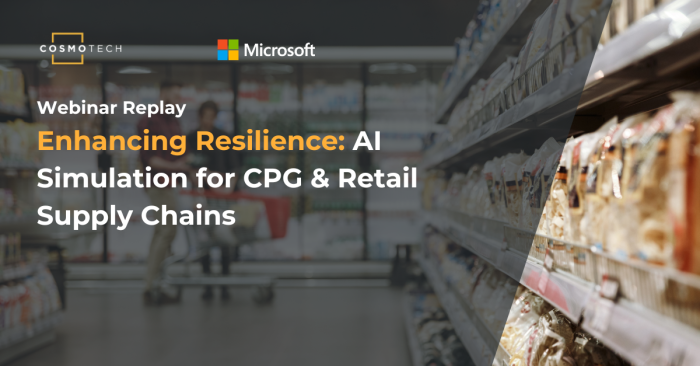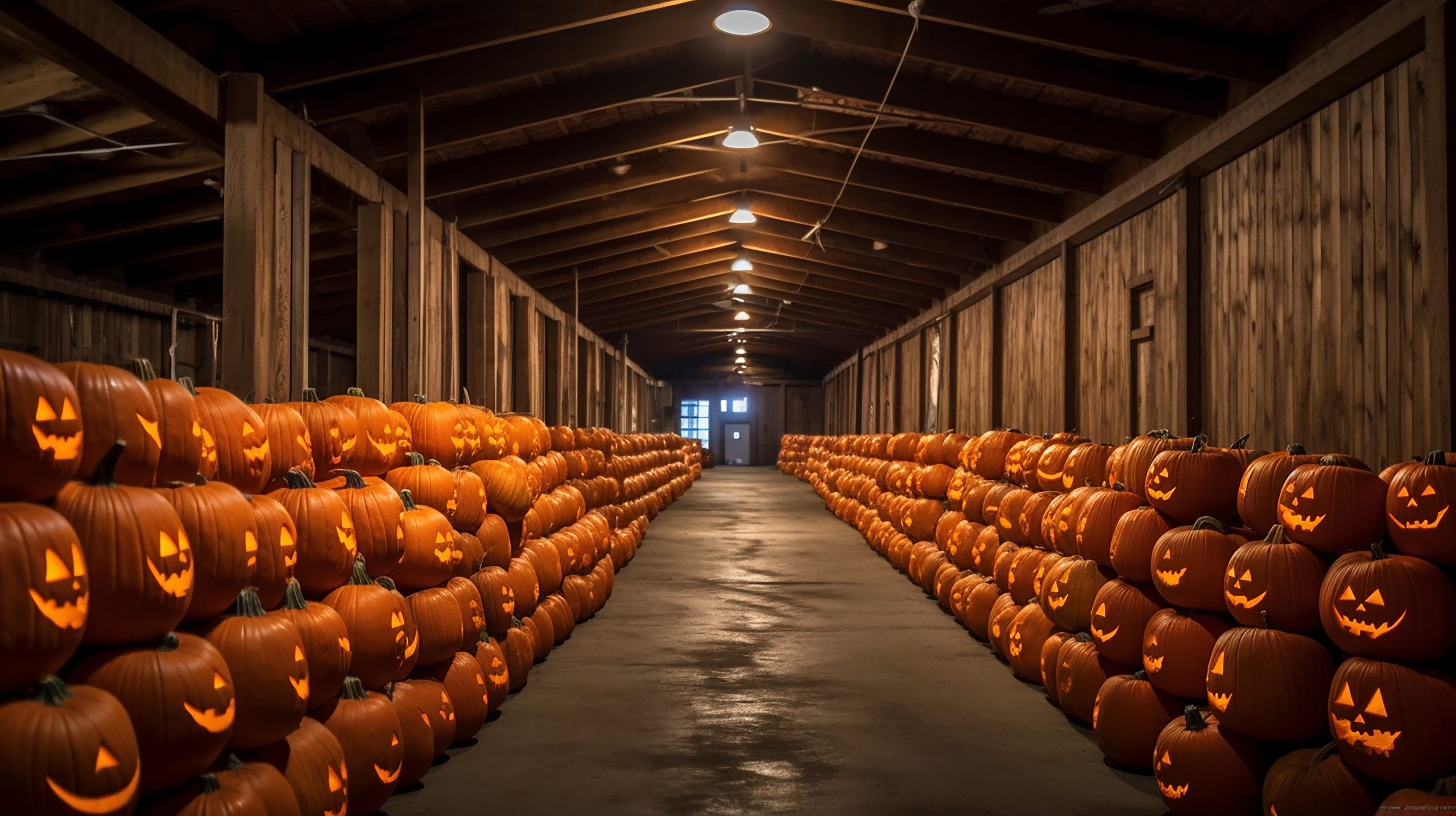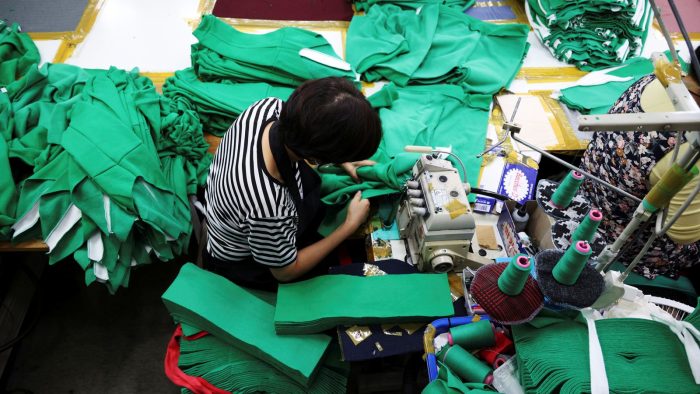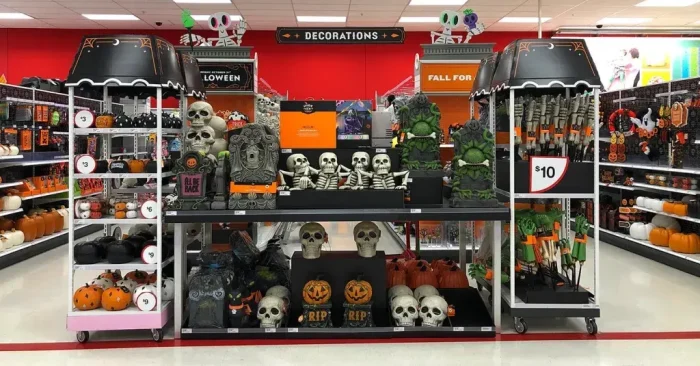Not everything on Halloween is cursed
To conclude on a positive note, not everything on Halloween is cursed. Despite the increased complexities faced by supply chains during the Halloween season, advanced technology offers a glimmer of hope.
Halloween serves as a perfect illustration and a poignant reminder of the challenges faced by supply chain managers and consumer goods companies globally as these challenges are not limited to this spooky season alone. The unpredictability of consumer preferences, the need for accurate demand forecasting, inventory management complexities and labor constraints are all prevalent in supply chains worldwide.
To overcome these challenges, smart supply chain leaders are turning to advanced technologies like AI Simulation.
By leveraging predictive and prescriptive simulation, they gain valuable insights into consumer demand to tackle all types of uncertainties on a larger scale. AI Simulation allows them to test different scenarios and evaluate the impact of various factors on their operations. For example, they can simulate changes in demand patterns or disruptions and make informed decisions based on these insights.
It empowers businesses to make more accurate forecasts, optimize inventory levels and reorder points considering demand fluctuations or transport lead uncertainties, thus preventing stockouts or excess inventory that may haunt profitability.
By embracing AI-Simulation technology manufacturers and retailers optimize their production schedules, ensuring they have the right Halloween costumes, Christmas decorations or chocolate Easter eggs when customers come knocking.
Furthermore, AI-Simulation technology enhances efficiency throughout the entire supply chain process. The integration of risk modeling into supply chain planning allows organizations to identify risks before they occur. By precisely assessing the potential impact of supply chain disruptions, businesses are able to optimize resource allocation, streamline processes, effectively implement risk mitigation strategies and ultimately provide exceptional customer experiences.
While Halloween may continue to haunt supply chains with its unique set of challenges, it is clear that leveraging advanced technology will continue to play a crucial role in optimizing supply chain operations throughout the whole year. By embracing digital transformation, companies can navigate complexity and uncertainty challenges with greater agility and precision, enhance their responsiveness and transform uncertainties into opportunities for growth to ensure long-term success.
In conclusion, as each year brings new surprises in consumer preferences and market dynamics, those who embrace technological advancements will have an edge over the competitors by delivering treats rather than tricks when it comes to customer satisfaction.








